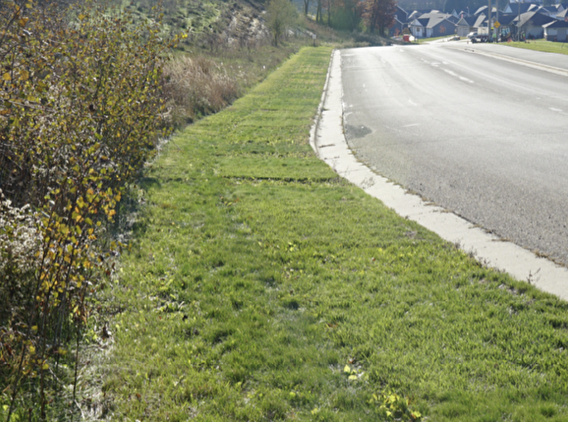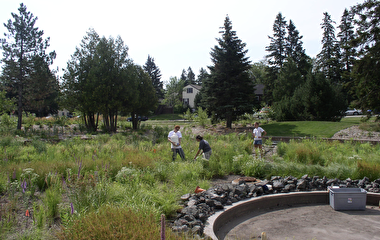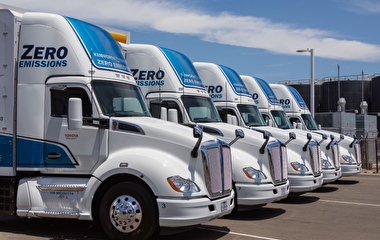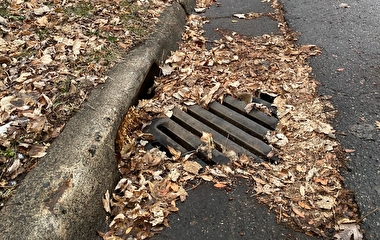
Roadside turfgrass is an important tool for absorbing runoff, preventing erosion, and sequestering pollutants. In Minnesota, turfgrass needs to tolerate drought and harsh winters—and, increasingly, adapt to a changing climate.
In a project funded by the Minnesota Department of Transportation, a team of U of M researchers found that MnDOT’s current list of turfgrass seed varieties tends to get out of date quickly.
“Not only are there newer varieties that perform better, but there are also older turfgrass varieties still on the market and still used that perform poorly, hindering the goals of growing healthy and productive turf on roadsides,” says Eric Watkins, professor in the Department of Horticultural Science and the project’s principal investigator.
MnDOT’s seed recommendations are updated infrequently, Watkins says. In this project—the latest of a series of turfgrass studies—Watkins and his team reviewed the current seed list and recommended seed varieties to remove or add.
Using existing data from past field trials, the researchers ranked MnDOT’s current turfgrass seed variety list based on criteria such as maintenance needs, drought resistance, and salt resistance. In total, they found six varieties that they recommend removing from the list (and an additional two they would like to consult with stakeholders about); the seeds ranked at the bottom 25 percent for each quality tested.
Using the same performance criteria, the researchers also found 69 new varieties that could potentially be added to the seed list.
“As a result of this research, we will have healthier, better-performing turfgrass along our roads that will withstand our harsh conditions and require less maintenance,” says Warren Tuel, erosion control specialist with the MnDOT Office of Environmental Stewardship.
The team also developed a new seed approval process that would include yearly updates. The process, Watkins says, would make it easier to select plants that are good at mitigating runoff and erosion problems, easier to maintain, better adapted to climate change, and better adapted to Minnesota. The proposed changes also make the process more flexible and transparent for seed vendors.
In addition, the researchers surveyed seed distributors to determine how these stakeholders believe MnDOT’s seed approval process could be improved. Based on the survey, the researchers proposed a new process that uses an online form to accept new seed propositions on a rolling basis. These propositions, Watkins says, would go through an approval process that begins in September, giving seed vendors enough time to plan for the next season. The process would end with a review committee—consisting of stakeholders such as MnDOT employees, seeding contractors, and turfgrass researchers—voting on which seed varieties to accept into the list.
—Sophie Koch, contributing writer


